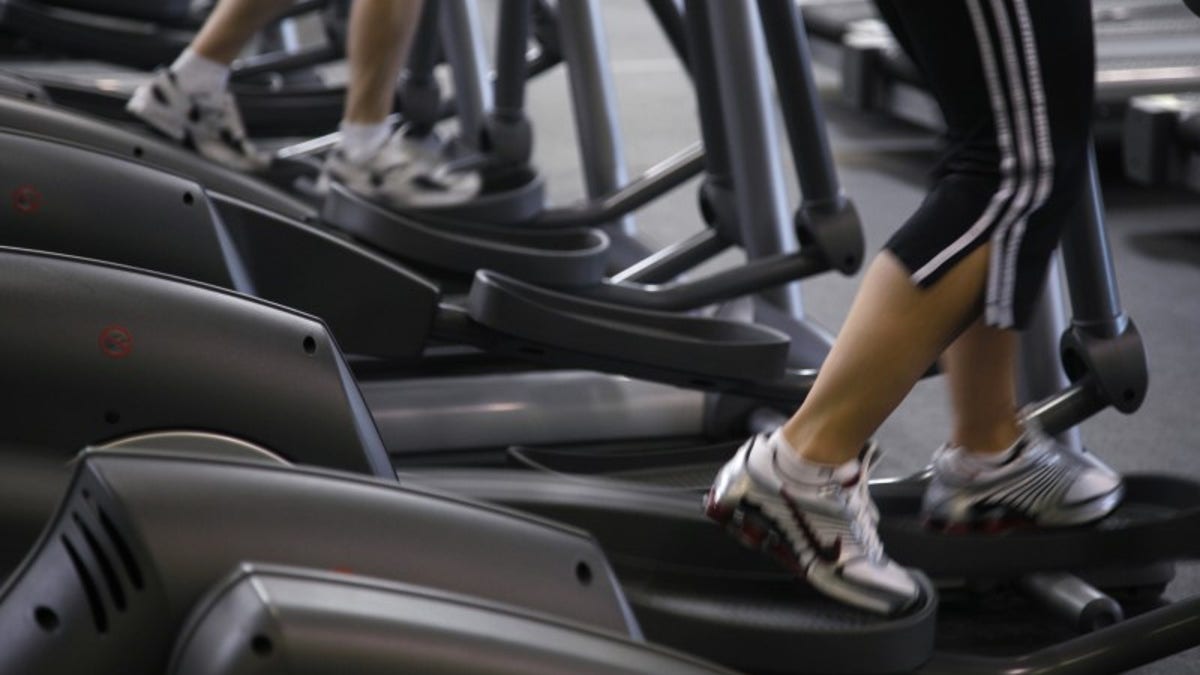
Clients work out on machines at the Bally Total Fitness facility in Arvada (Copyright Reuters 2016)
Most American teenagers don't get enough exercise, and they often stick with their sedentary ways as they enter adulthood, a U.S. study suggests.
More than 9 in 10 adolescents fail to get the minimum 60 minutes of moderate to vigorous daily physical activity recommended by the U.S. Centers for Disease Control and Prevention (CDC), researchers report in the journal Pediatrics.
"Physical inactivity is one of the major predictors of childhood and adolescent obesity, the consequences of which increases incidence of obesity as well as metabolic syndrome in adulthood," said lead study author Kaigang Li, a researcher at Colorado State University in Fort Collins.
Childhood obesity has more than doubled in kids and quadrupled in adolescents in the past 30 years, according to the CDC.
More than one third of children and teens are currently overweight or obese, putting them at risk for cardiovascular disease, diabetes, bone and joint problems, sleep apnea and psychological issues such as poor self-esteem.
To assess activity levels in teens, Li and colleagues assessed exercise habits among a sample of 561 students in 10th grade at 44 schools representing urban, suburban and rural communities.
At the start of the study, when participants were 16 years old on average, researchers asked them to wear activity trackers for one week to see how much physical activity they got.
In 10th grade, students got about 27 minutes of exercise each weekday, on average. This inched up to almost 29 minutes in 11th grade, then dipped back down to 28 minutes for both 12th grade and the year after completing high school.
Weekends came out even worse, with participants logging only about 20 minutes in all but one year of the study, when they achieved 21 minutes on average.
High school students who went on to a four-year college got more exercise than their peers who didn't continue their education, and so did college students living on campus versus those living at home, the study also found.
One limitation of the study is that it wasn't a nationally representative sample even though researchers selected participants to include a variety of different communities, the authors note. Researchers also didn't have data on the health impacts of exercise or assess how much additional physical activity some teens might need to achieve health benefits.
Still, the findings highlight the need for parents and school leaders to build more opportunities for exercise into children's routines, said Dr. Ravi Shah, a researcher at Harvard Medical School and Massachusetts General Hospital in Boston who wasn't involved in the study.
"Physical activity in the transition to adulthood is important in all individuals, and patterns of activity start early in life and may persist into adulthood," Shah said by email. "Engagement in school-based activities, community events, and supervised exercise and weight loss programs for those children who need them will be important in preventing cardiovascular disease in years to come."
Exercise habits may be easier to solidify if parents start long before kids reach high school, said Dr. Venkatesh Murthy of the University of Michigan in Ann Arbor.
"The fact that these young people were more active on weekdays than on weekends highlights the potential opportunity for parents to get involved and encourage fitness activities over the weekend," Murthy, who wasn't involved in the study, said by email. "Given that many exercise activities are group activities, I worry that this is a reflection of the fact that many parents are not placing emphasis on their own fitness as well."




















